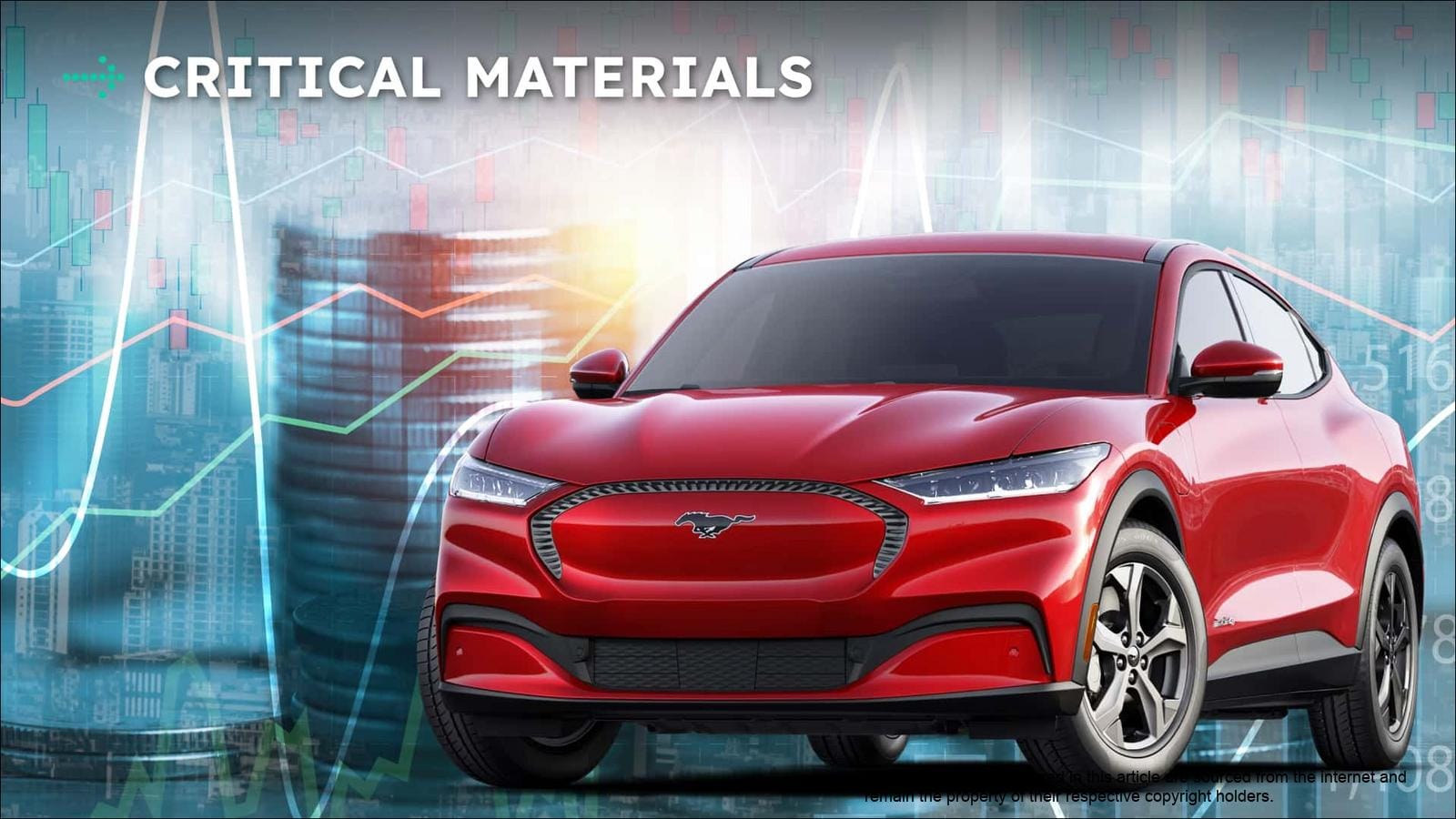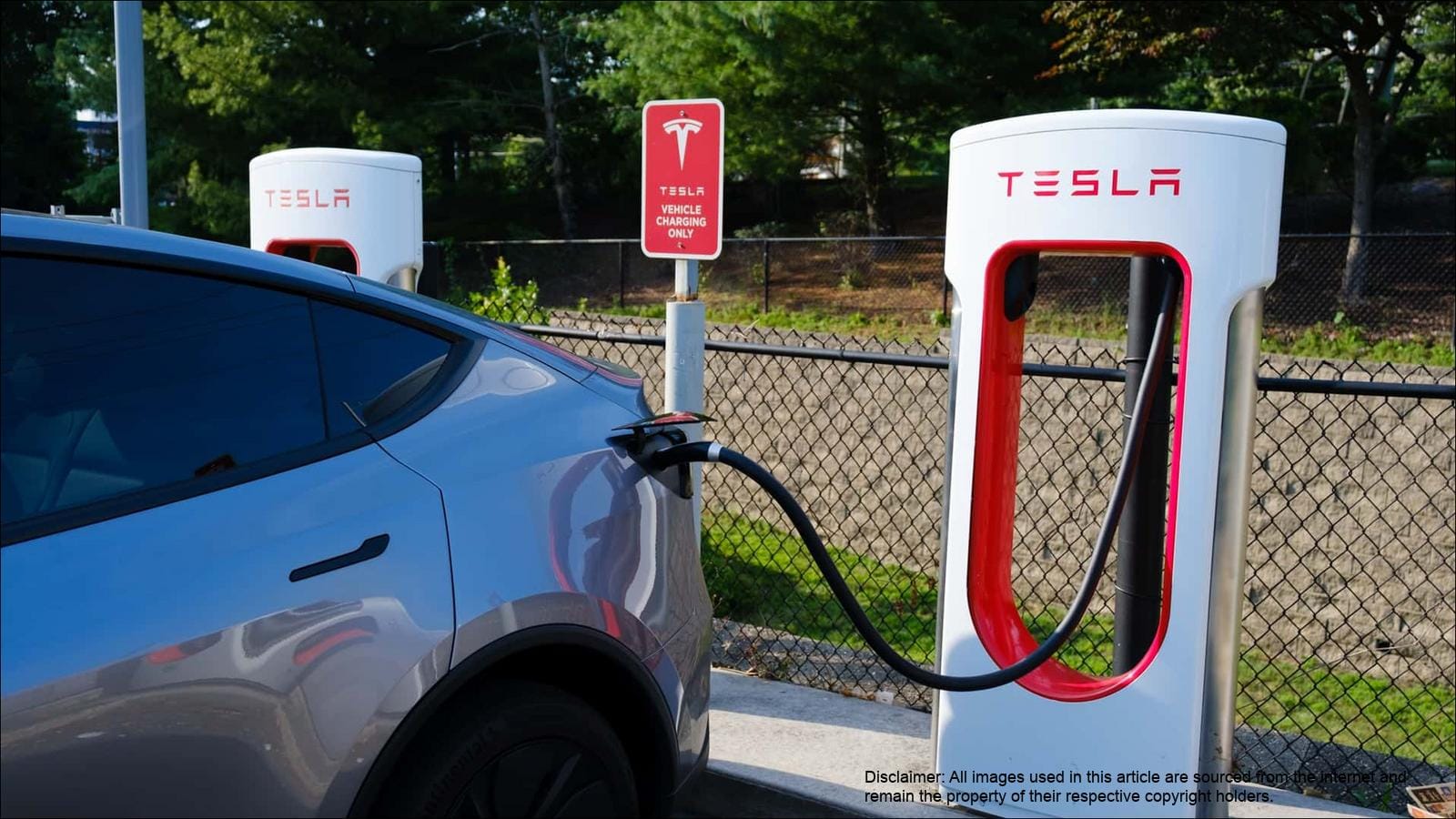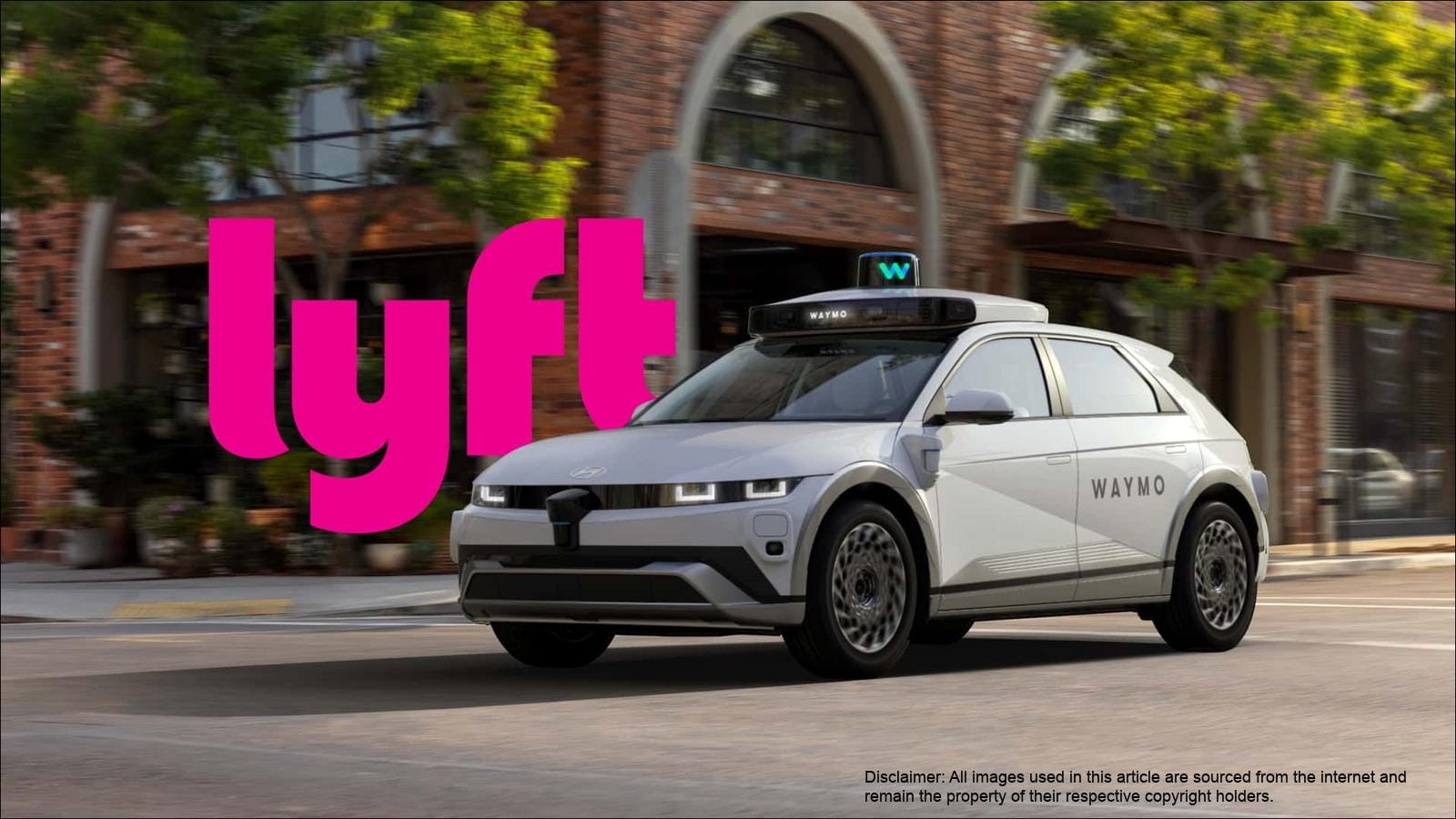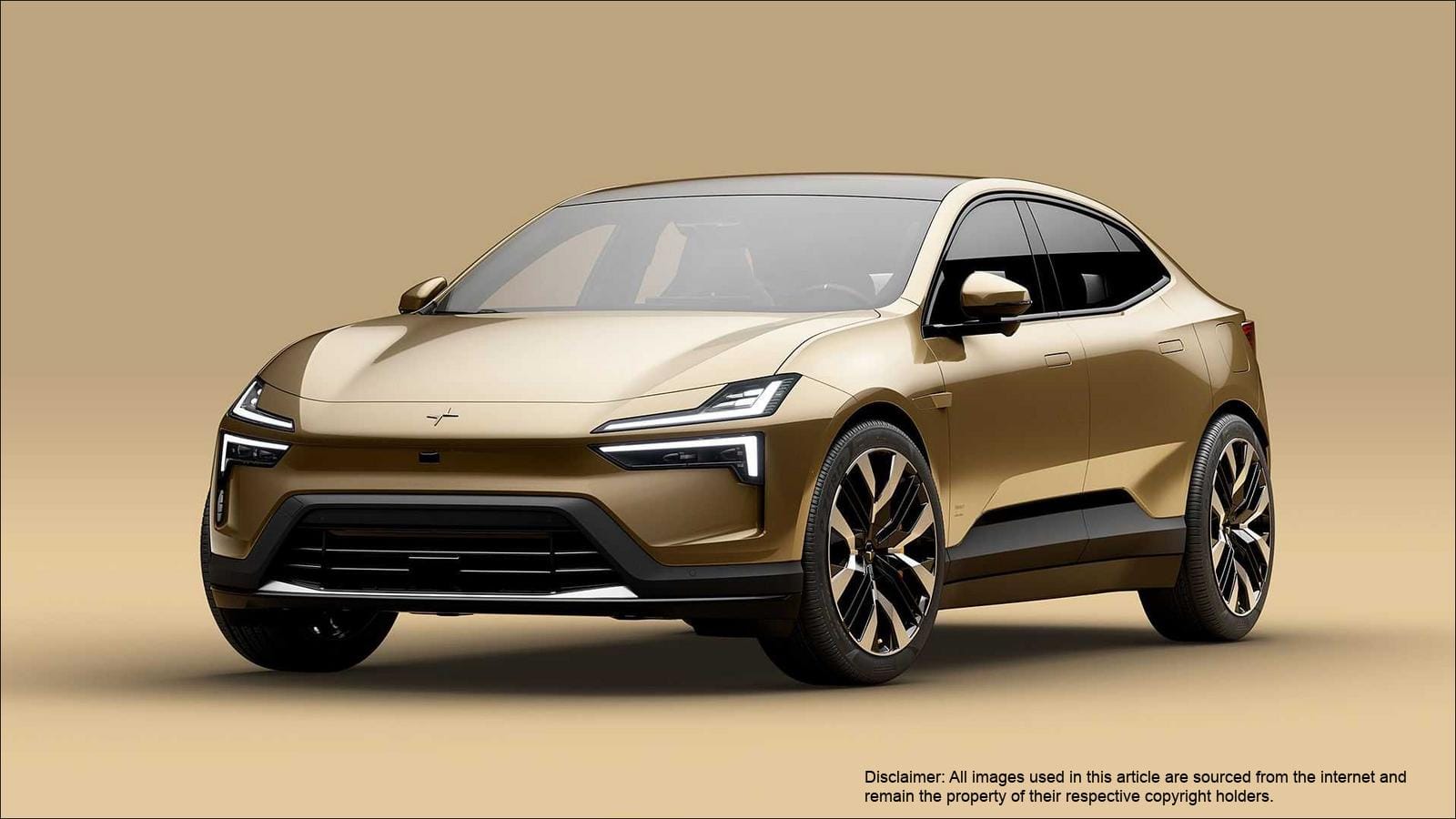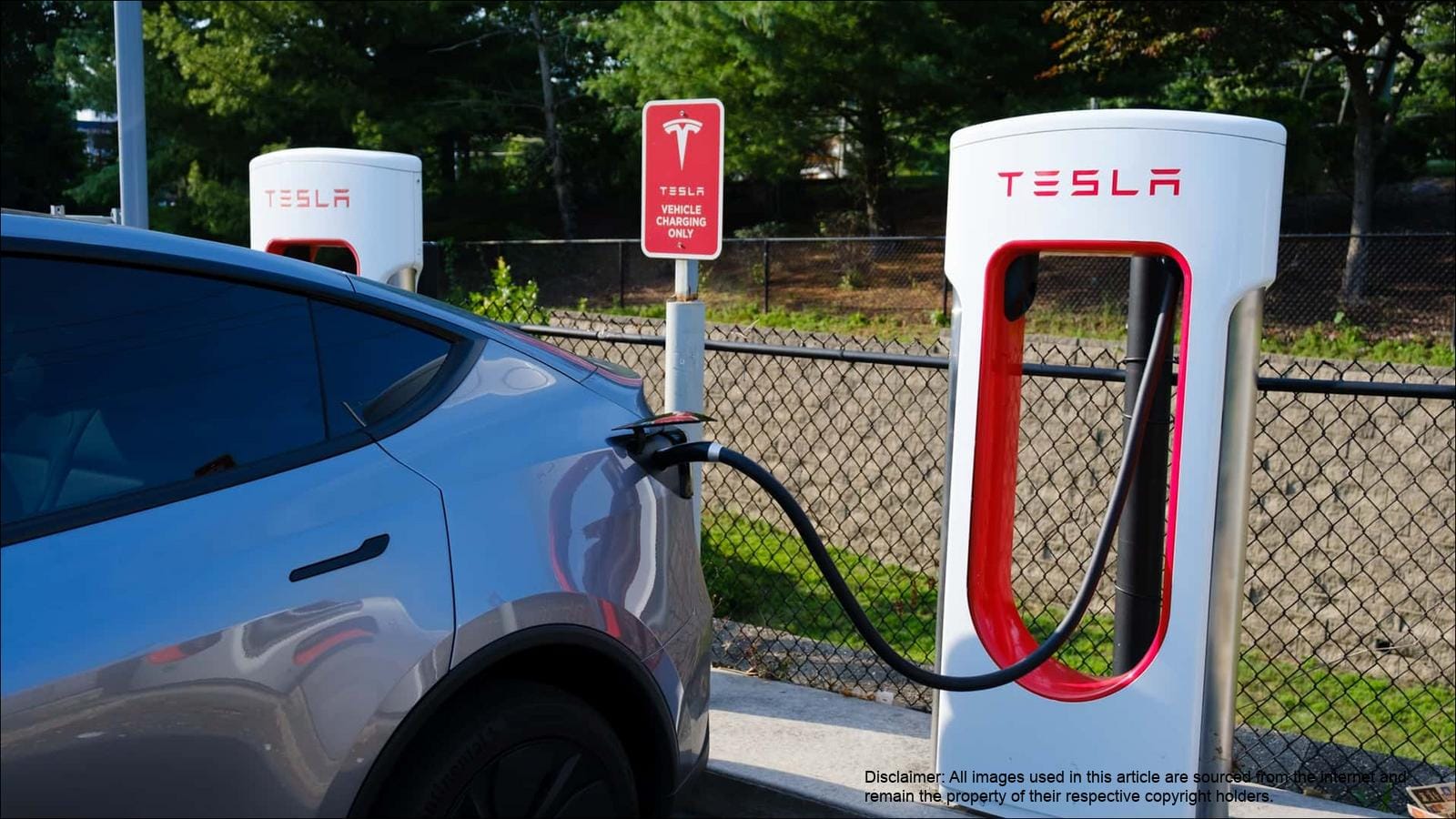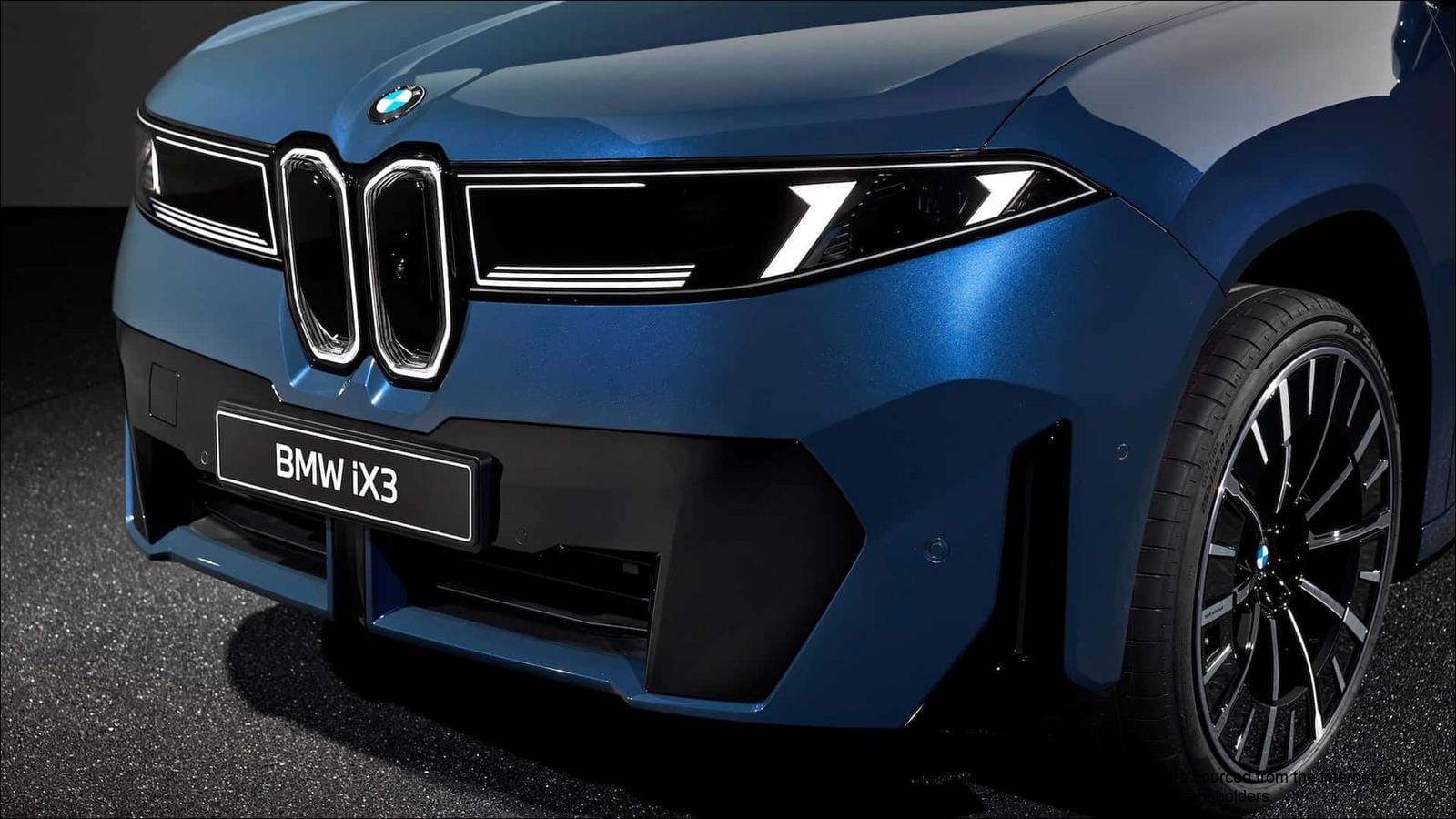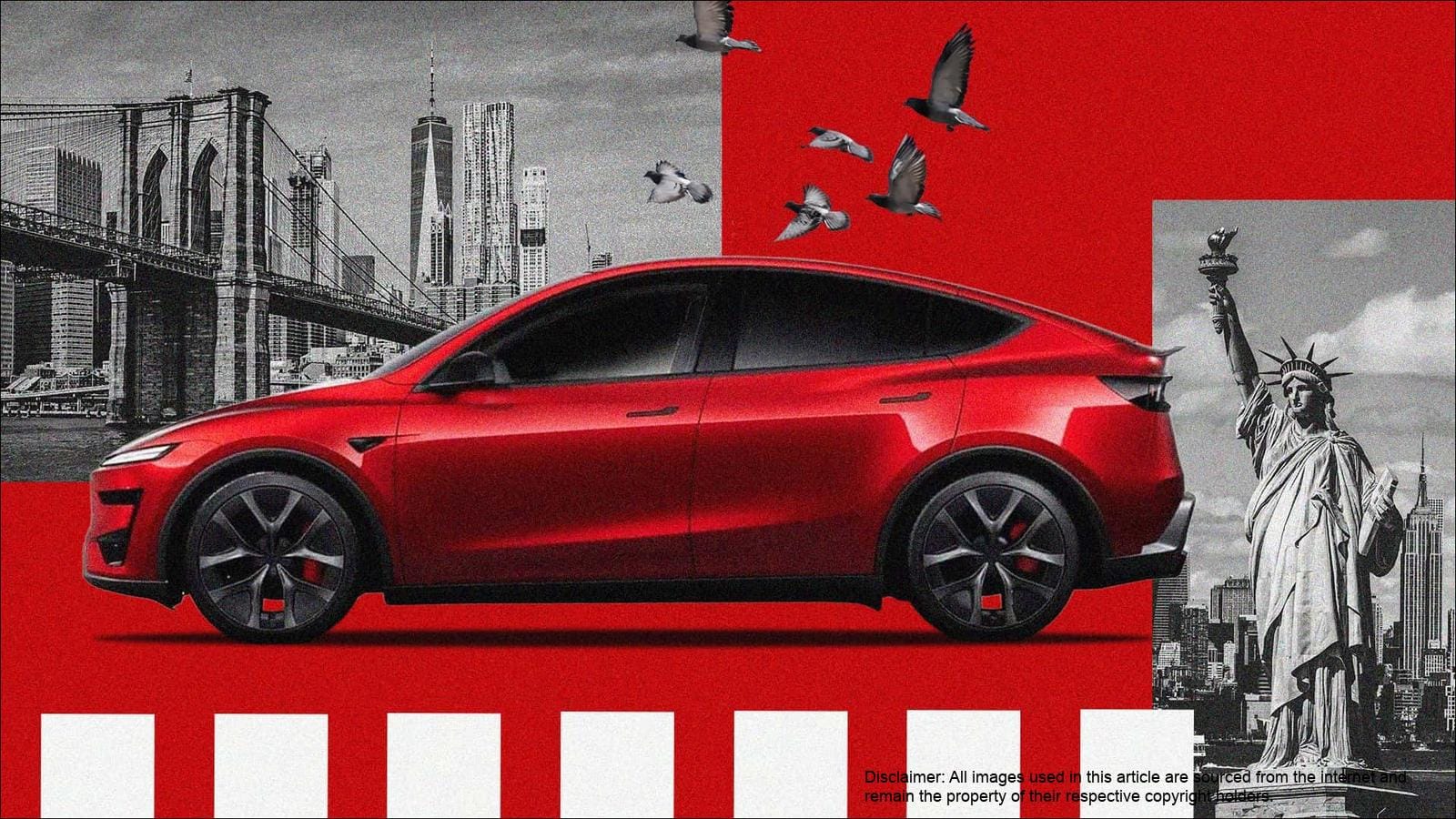The Looming End of EV Tax Credits
The Senate’s passage of President Trump’s “Big Beautiful Bill” (BBB) has sent ripples through the EV industry, primarily due to its potential to eliminate **electric vehicle incentives**. This bill, perceived by many as a sweeping overhaul, includes provisions that could terminate both new and used EV tax credits much sooner than anticipated. Initially, the discussion revolved around a 180-day phase-out period post-enactment. However, the revised language now targets September 30th as the definitive end date. This acceleration has sparked considerable concern among automakers and dealerships alike.
The implications of this early termination are far-reaching. The $7,500 tax credit for new EVs and the $4,000 credit for used EVs have been significant drivers of adoption. Without these incentives, the affordability of EVs decreases, potentially dampening sales projections. For example, the Slate pickup’s ambitious $20,000 base price hinges on the availability of the $7,500 tax credit. Similarly, upcoming American-made models like the Rivian R2 and Chevy Equinox EV rely on these incentives to remain competitive.
The National Automobile Dealers Association (NADA) has voiced its concerns, emphasizing that dealers are currently holding substantial EV inventory – approximately 140,000 vehicles. They advocate for a reasonable transition period to mitigate potential losses. Lucid Motors’ interim CEO, Marc Winterhoff, echoed these sentiments, noting that the abrupt end of the tax credit would disproportionately impact new entrants in the EV market. The Electrification Coalition went further, warning that eliminating these incentives would cede control of the future of transportation to countries like China, which are heavily investing in electric vehicle technology.
| Incentive Type | Current Credit | Potential End Date |
|---|
| New EV Tax Credit | $7,500 | September 30 |
| Used EV Tax Credit | $4,000 | September 30 |


